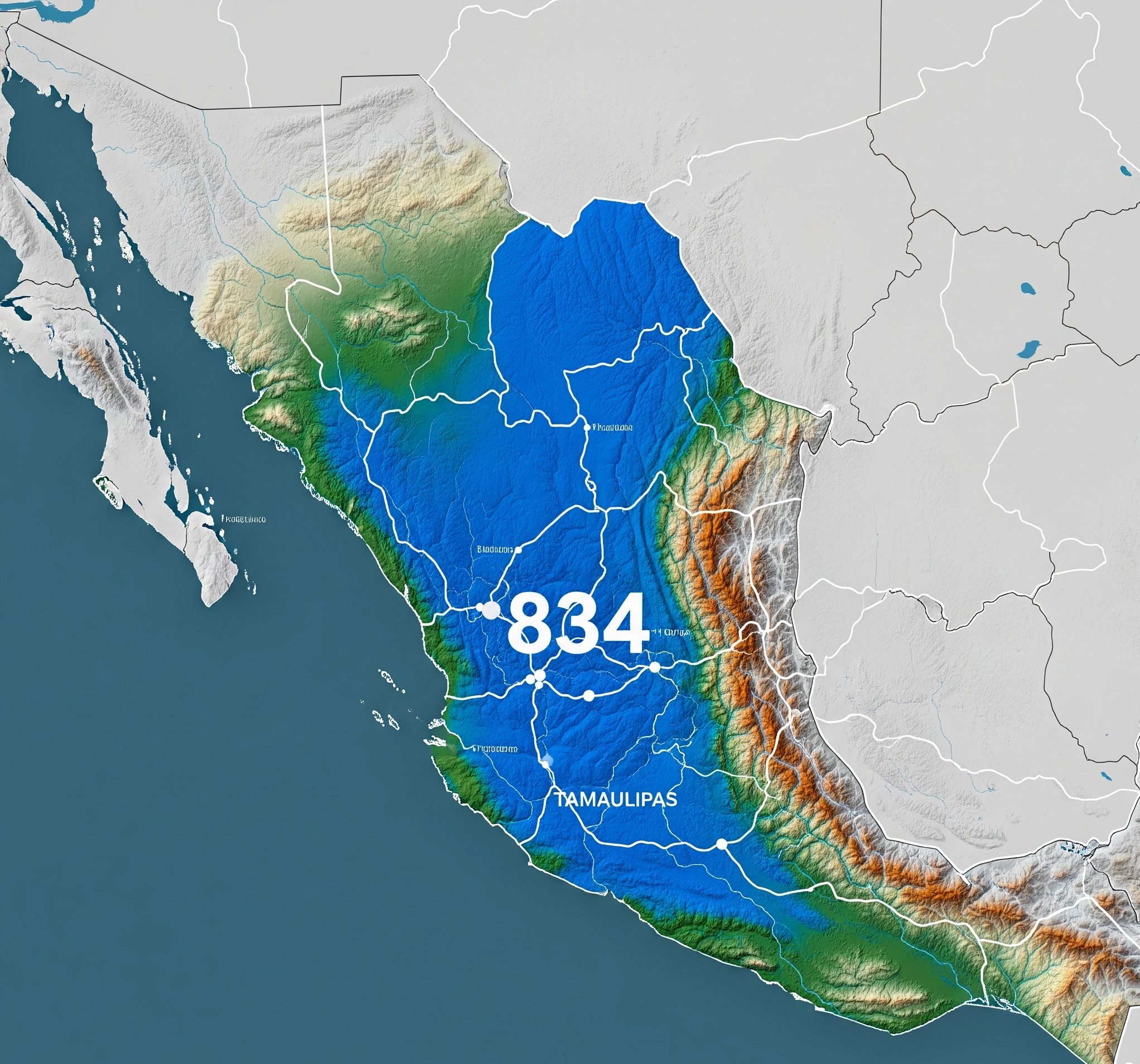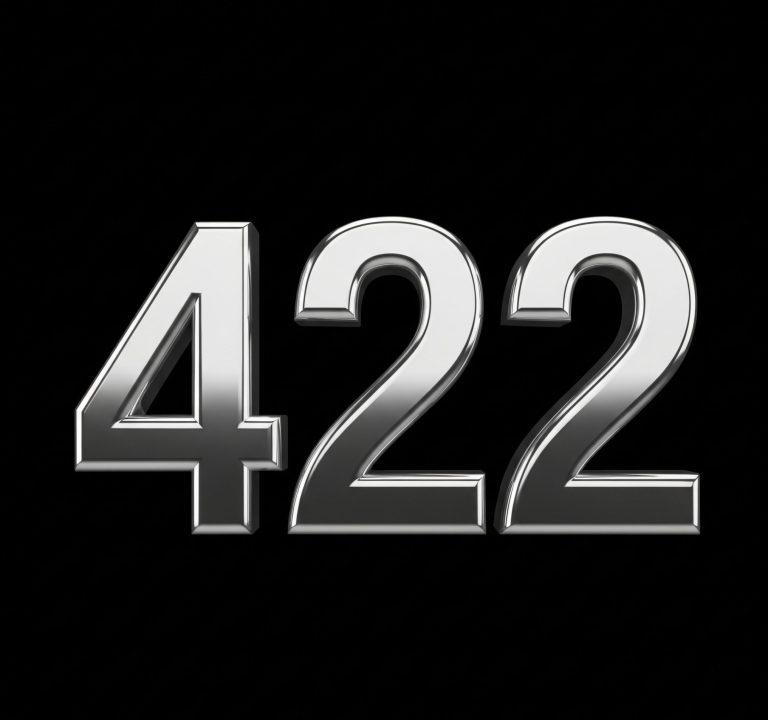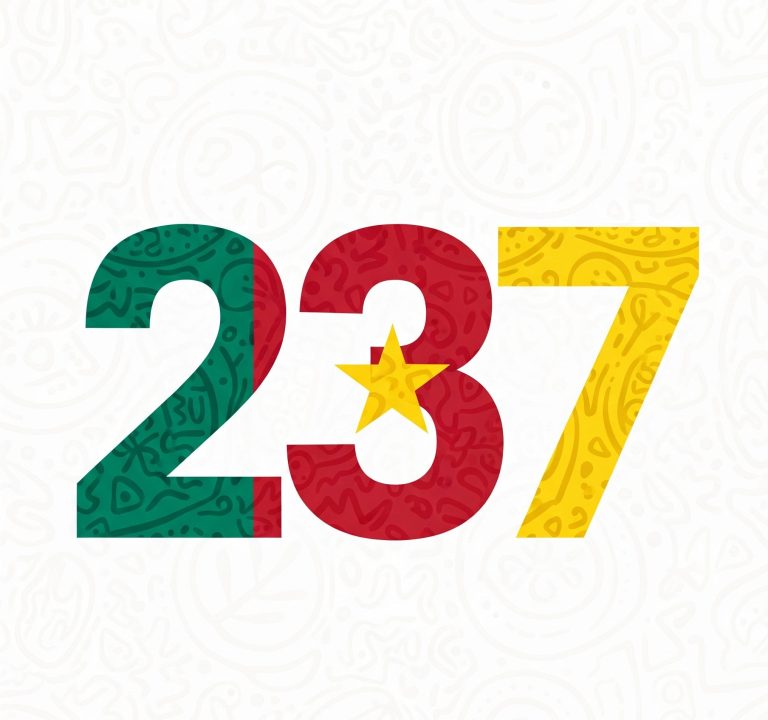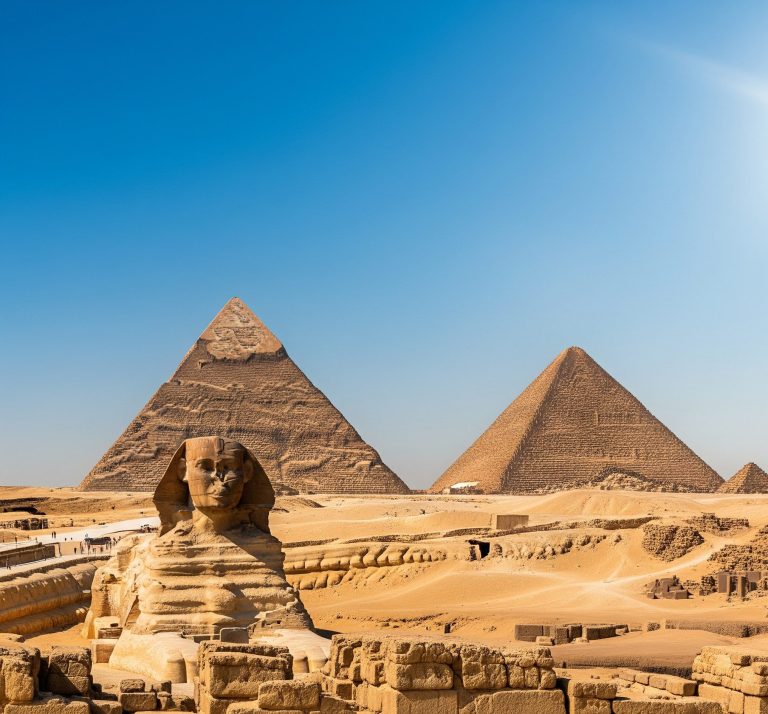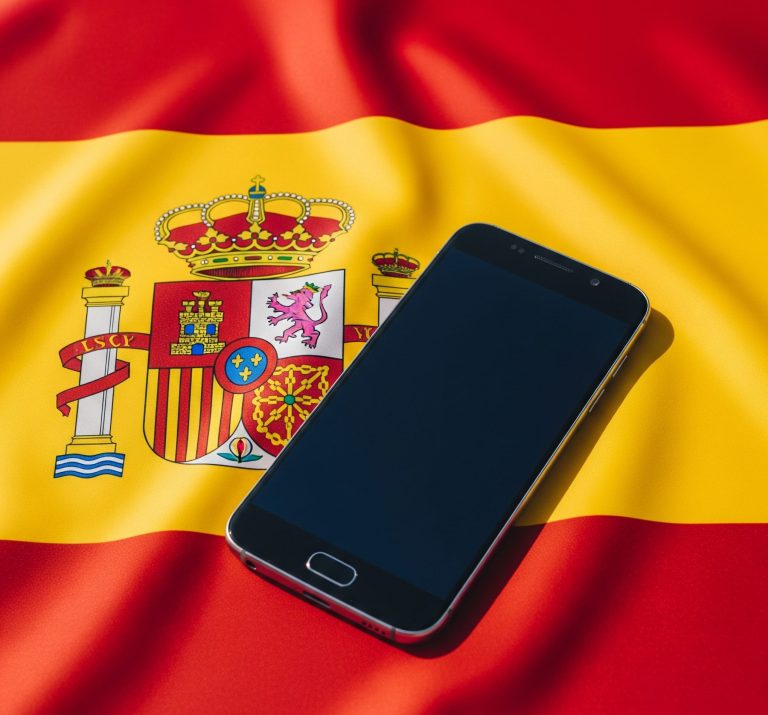In the vast and ever-expanding landscape of American telephone numbers, you might stumble upon a curious case: the area code 834. You may have seen it, perhaps as a suggested prefix or in a list of upcoming area codes, and wondered, “Which part of the country does this belong to?” The answer, for now, is nowhere. As of 2025, area code 834 remains an unassigned area code within the North American Numbering Plan (NANP), the system that governs telephone numbering in the United States, Canada, and several other countries.
This doesn’t mean the number “834” is entirely absent from your phone’s keypad. It exists as a central office code, or prefix, within other established area codes. However, dialing 1-834 and then a seven-digit number won’t connect you to a specific geographic region of the United States. This article delves into the status of area code 834, explains its current usage as a prefix, and explores its potential future.
Contents
Understanding the North American Numbering Plan
To grasp the status of area code 834, it’s helpful to understand how the NANP works. This system, established in 1947 by AT&T, divides territories into numbering plan areas (NPAs), each identified by a three-digit code—the area code. The explosive growth of telephone lines, and later, mobile devices and VoIP services, has led to a constant need for new area codes.
When an existing area code runs out of available seven-digit phone numbers, a new area code is introduced. This can happen in two primary ways: a split, where a region is divided into two separate area code zones, or an overlay, where a new area code is assigned to the same geographical area as an existing one. The introduction of a new area code is a carefully managed process to ensure a smooth transition for residents and businesses.
Area Code 834: An Unassigned Number with a Future
Currently, area code 834 is on a list of unassigned area codes, reserved for future use. The North American Numbering Plan Administrator (NANPA) holds these numbers in reserve to be deployed when a region is nearing “exhaust,” meaning it’s running out of available phone numbers.
There has been speculation and planning documents suggesting that area code 834 could be implemented in Indiana as an overlay for the 260 area code, which serves the northeastern part of the state, including Fort Wayne. This indicates that the need for a new area code in that region is anticipated, and area code 834 is a potential candidate. However, no definitive date for its implementation has been announced.

The “834” Prefix: In Use Across the Nation
While you can’t call a region with the area code 834, you can certainly find phone numbers that include “834” as a prefix. This three-digit number that follows the area code is known as the central office code or exchange code. It once signified a specific telephone switch but now simply serves to create unique seven-digit phone numbers within an area code.
For instance, you might encounter numbers with the format (319) 834-XXXX in Iowa City, Iowa, or (440) 834-XXXX in Burton, Ohio. These numbers are perfectly valid and belong to subscribers in those respective area codes. So, if you see “834” in the middle of a phone number, don’t be confused; it’s simply the prefix, not the elusive area code 834.
A Note of Caution: International Calling
It’s important to note that while area code 834 is unassigned in the United States, it is an active area code in Mexico. Specifically, it serves the city of Ciudad Victoria and surrounding areas in the state of Tamaulipas. This is a crucial distinction for anyone making international calls. Dialing a number that begins with “+52 834” will connect you to that region of Mexico. Always be mindful of the country code (+52 for Mexico) to avoid any confusion or unexpected international charges.
conclusion
The story of area code 834 is a fascinating glimpse into the dynamic nature of our telecommunications infrastructure. While it currently sits on the sidelines, its potential activation in the coming years serves as a reminder of the ever-growing demand for new phone numbers in our connected world. For now, it remains a number of the future, waiting for its turn to be put on the map.

